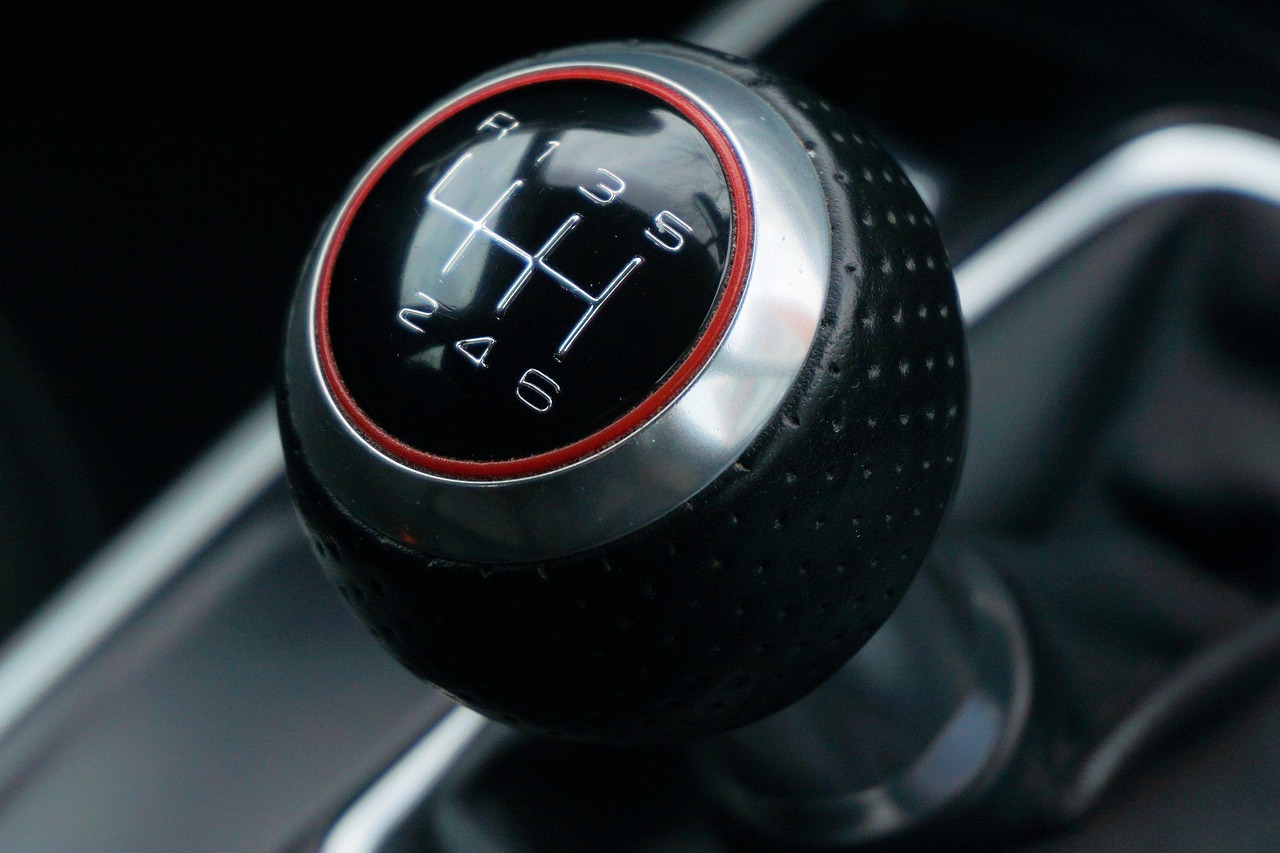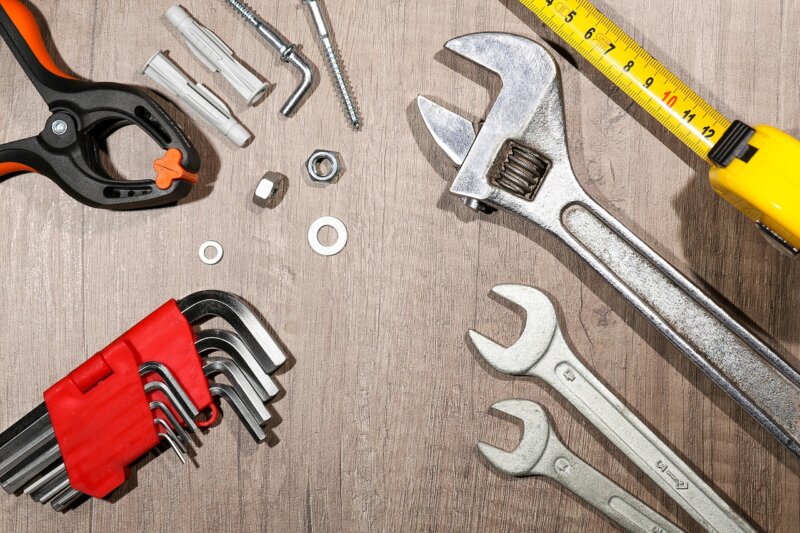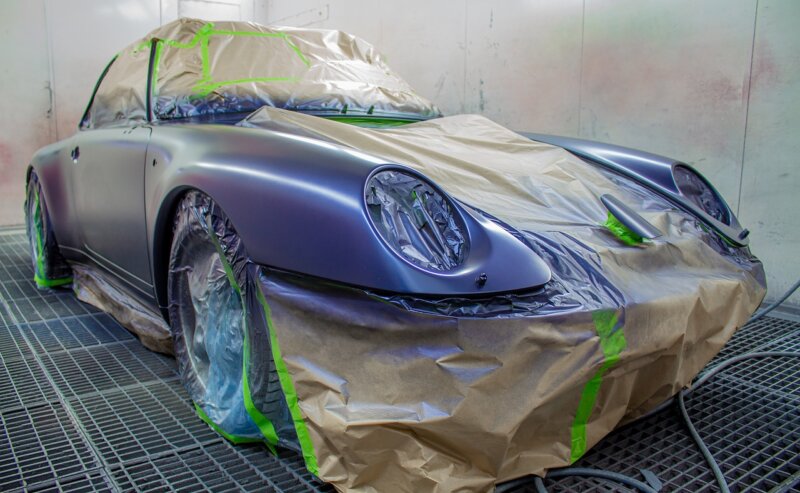Manual transmission can feel tricky at first. Rough gear changes wear parts and drain money. Julie Sun learned this after a $2,000 clutch repair. You can avoid that. Learn rev-matching, heel-toe, and downshift discipline for smooth gear change control.
What is Rev-Matching?
Rev-matching means matching engine speed to wheel speed during a shift. Engine speed is measured in RPM, or revolutions per minute. Wheel speed comes from the car’s road speed and the gear ratio. Syncing both speeds makes downshifting smooth and safe.
Importance of matching engine and transmission speeds
Matching engine RPM to the car’s speed makes shifts smooth. Good clutch control and clean rev-matching help with both upshifts and downshifts. The drivetrain stays calm, without lurching or harsh shocks.
This habit also protects the transmission and clutch from extra wear. Bad timing throws off balance and hurts performance. Hard downshifts at the wrong speed hit gears with force. Over time, that shortens the life of key parts.
Benefits for smooth gear transitions
When engine and gearbox speeds match, each shift feels clean. The car stays settled, even during a quick downshift. You keep traction and avoid sudden weight transfer that can upset control.
Rev-matching limits wheel hop and prevents lockup while slowing. It also pairs well with engine braking, the light deceleration you get when you lift off the throttle in gear. The result is predictable balance and better grip through every change.
The Heel-Toe Technique
Heel-toe blends braking and a quick throttle blip during a downshift. A throttle blip is a short press that raises RPM to match the lower gear. This technique builds clutch control and helps during cornering in performance driving.
Combining braking and throttle blipping
Use your right foot for both pedals. Brake with your toes. Roll the same foot so your heel, or the outer edge, taps the throttle. That quick tap raises engine speed for the next gear. It keeps braking strong while keeping rev-matching under control.
Enthusiasts discuss this method often. Many report smoother entries into corners and fewer balance shifts. With practice, both actions feel like one simple move.
Key steps to execute heel-toe effectively
Set up the car and your body first. Thin-soled shoes help you feel the pedals. Sit close enough to press the brake firmly without reaching. Keep your knee free to pivot.
- Approach a corner in a higher gear, for example third.
- Cover the brake with the ball of your right foot.
- Press the brake to your planned pressure, stay in gear for now.
- Press the clutch with your left foot.
- Roll your right foot to tap the throttle about 10 percent.
- Move the shifter to the lower gear only as RPM rises to match.
- Ease out the clutch smoothly, still on the brake.
- Release peak brake pressure before turn-in, then finish braking.
- Open the throttle as the car points to the exit.
Expect it to feel odd at first. Practice in an empty lot at low speed. Build rhythm before trying it on a busy road or track. Safety first, use a safe area and follow local laws.
Mastering Downshift Discipline
Downshifting with care keeps the car balanced during braking and cornering. Clean rev-matching reduces shock to the transmission and improves clutch control. Each shift then supports performance driving instead of fighting it.
Timing your downshifts correctly
Good timing matters most. The best window is the middle of the braking zone. Aim between peak brake pressure and the start of turn-in.
- Avoid shifting at initial brake hit. The car is still settling.
- Avoid shifting after turn-in. Balance and grip are already busy.
- Blip the throttle about 10 to 20 percent, crisp and quick.
- Press the clutch, pick the gear, then blip, then release smoothly.
Well timed shifts keep the chassis calm. The steering stays light and predictable. That builds confidence and cuts lap time on track days.
Maintaining vehicle balance during gear changes
Balance is the goal. Match RPM before clutch engagement to avoid a jolt. For instance, downshifting to fifth at 60 mph should not shove you forward.
Heel-and-toe adds stability under heavy braking. You keep brake pressure steady while the blip sets the new gear. The car feels planted, which helps on any road.
Benefits of Perfecting These Techniques
Manual Mastery skills make the car feel like an extension of you. Smooth rev-matching and careful downshifting bring calm, even in tight traffic. The payoff grows with practice.
Improved vehicle control
Better control shows up everywhere. Acceleration and braking feel precise, not rushed. The chassis stays composed in sharp turns or quick stops. That reduces stress on parts and on you.
Clean technique also supports safe habits. The car responds faster and with fewer surprises. Daily driving gets easier, and track sessions feel more focused.
Enhanced performance driving experience
Perfected downshifts keep power ready at corner exit. A small, clean throttle blip preserves speed while braking. Good footwork and knee pivot support stable vehicle dynamics at higher pace.
Consistent shifts reduce errors and improve car control. Coaching and feedback can speed up learning. Next, review the common mistakes so progress stays steady…
Common Mistakes to Avoid
Small errors can shake the car or damage parts. Slow down the process. Build muscle memory before pushing speed. Use a calm practice plan.
Over-revving during downshifts
Over-revving happens when you pick too low a gear or miss the match. The rear tires can slip and lose traction. In wet conditions, the risk rises fast. The engine can also see harmful stress.
Use a short, controlled blip before clutch engagement. Watch the tachometer during deceleration and aim for a clean match. Your transmission and clutch will last longer if shifts stay smooth.
Incorrect foot placement for heel-toe
Poor foot placement makes heel-toe clumsy and tiring. Large shoes or tight footwells limit movement. That leads to missed blips and hard braking changes.
Use thin-soled shoes for better pedal feel. Check pedal spacing before practice. If pain or numbness appears, stop and adjust. Good fit and posture raise accuracy and comfort.
Bottom Line
Manual mastery protects parts and adds joy to every drive. Rev-matching, heel-toe, and smart downshifting make gear changes smooth and safe. Your clutch control improves, and the transmission thanks you with longer life.
Practice in a safe place, then build speed with care. If unsure, ask a pro coach for help. Respect your limits and the road, and your skills will grow with every mile.







